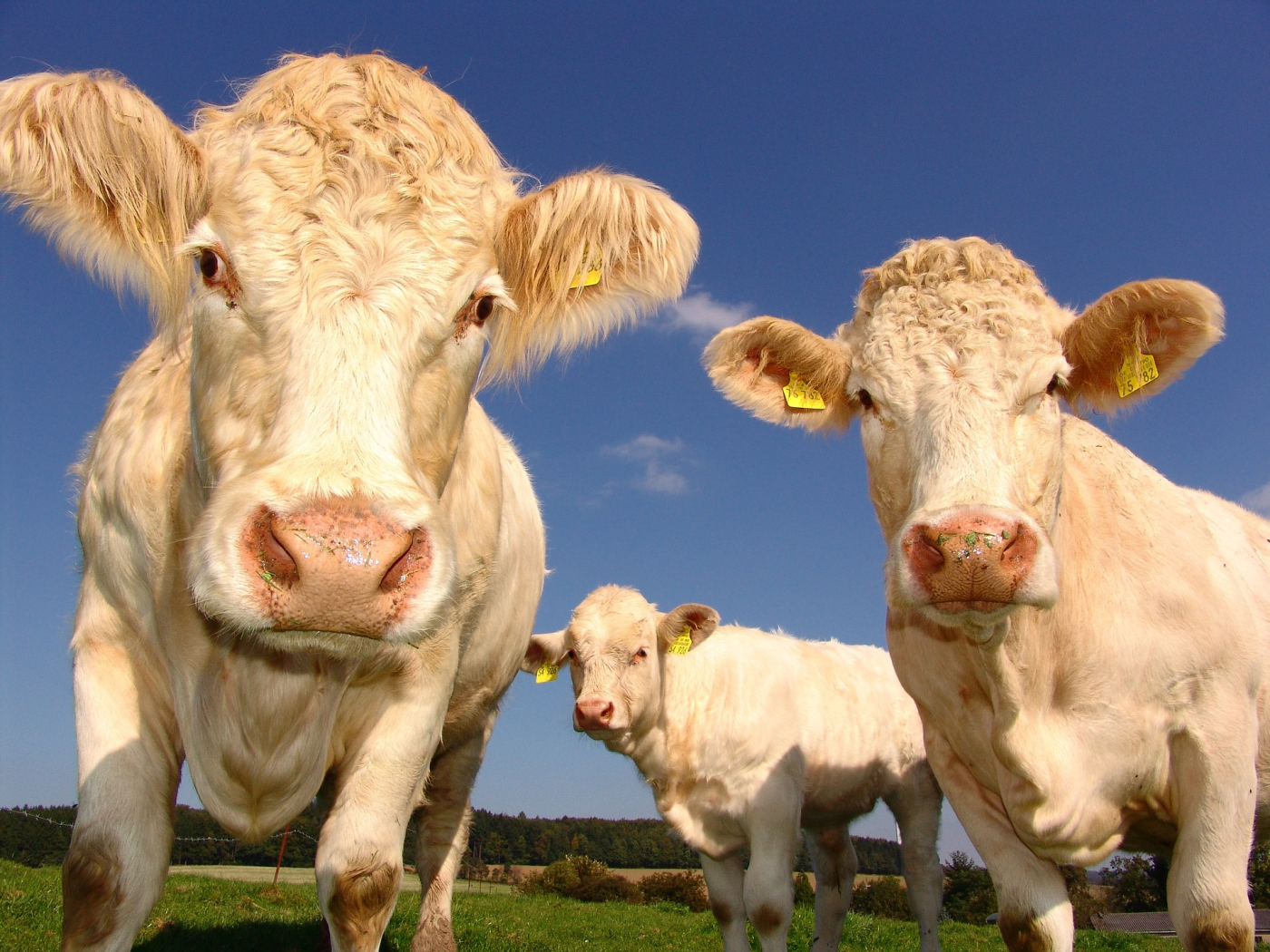Our Melvin Sandell (Senior Consultant with a 19-year regulatory background in health and safety specifically in the leisure sector) and Kamal Chauhan (a specialist regulatory defence lawyer) digest and comment on two recent inflatable play equipment incidents.
On May 9 2018 a jury of seven women and five men found William and Shelby Thurston guilty of manslaughter by gross negligence following the tragic death of a seven-year-old girl when the bouncy castle she was playing on at Harlow in Cambridgeshire blew away. They had also been charged with (and found guilty of) health and safety offences, specifically failing to discharge a duty under section 3 of the Health and Safety at Work Act 1974.
Fast forward to last weekend (1 July 2018) to another tragic incident at Gorleston, Norfolk, involving a piece of inflatable play equipment. Given the timing it was inevitable that the media would report on calls for the banning of bouncy castles in public areas and calls for an investigation into the regulation of inflatable play equipment. Both incidents are very tragic events and seem similar in nature.
If we look at this forensically both incidents had awful outcomes; but they are two different types of accident on two different types of inflatable.
In Cambridgeshire the unit was blown off its anchorage and this latter incident (according to media reports) apparently resulted from a catastrophic failure of the inflatable equipment. Other than both units being filled with air, there are few similarities.
The most common type of ‘bouncy castle’ seen on fairgrounds needs a constant supply of air to keep it inflated but initial reports say that the type used in Norfolk inflatable was more akin to an inflatable bed – i.e. it is inflated, sealed and then used without the need for further air. This latter type is less common.
There are likely to be numerous lines of investigation to be followed and points of note:
- Standards: A European Standard (BS EN 14960:2013) titled ‘Inflatable play equipment. Safety requirements and test methods’ exists for inflatables such as the one in the Cambridgeshire incident. If the unit in Norfolk was of the type that did not rely on a constant supply of air the European Standard will not apply directly (but much of the good advice in it will still be applicable).
- Design: Both types still need to be of a safe design (which may raise questions as to whether the unit was imported).
- Usage: There is likely to be a question about whether others of the same type exist in UK given the holiday season is upon us.
- Documentation: Maintenance records and whether it was being operated in accordance with the manufacturer’s instructions and operational guidance will likely be scrutinised.
Inflatable play equipment has a strong safety record when manufactured, maintained and used properly and as designed so the outcome if this investigation will certainly be looked at keenly by other operators and their trade associations.
If you have any questions or queries arising from this article or regulatory matters generally please do not hesitate to contact Melvin or Kamal directly.




